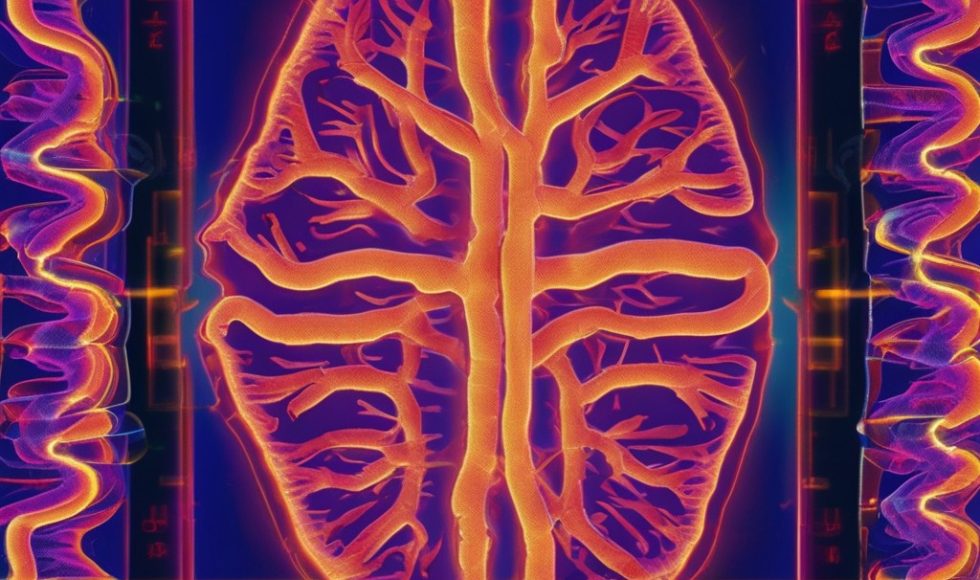We are back from the beach! Tonight, I watched Rosemary Bamford from the University of Exeter in the UK present at London Calling 2024 on “Full-length transcript atlas of the developing human cortex.” Bamford is from the Complex Disease Epigenomics Group, and they study disease-associated genomic variation. Bamford explained alternative splicing as a way of increasing transcriptional diversity from the coding genome. They spoke about the limitations of short-read sequencing technologies and how long-read transcriptomics can provide information about isoforms. Bamford and team identified full-length transcripts of human and mouse cerebral cortex samples. The team has also developed a tool called FICLE that can characterize long-read transcriptomic data. Bamford took forty-seven human brain samples and isolated RNA. They performed reverse transcription and PCR synthesis. The SQK-PCB-109 kit was used. They then used Guppy, Pychopper, Minimap2, Transcript Clean, Cupcake, and Isoseq Collapse to collapse similar isoforms and SQANti3 to filter and characterize transcripts. The number of isoforms was greater than expected! Forty percent of the isoforms were novel. Most of the isoforms had a “high probability of coding.” Fusion transcripts were identified. Transcripts between genes were identified: novel multi-exomic transcripts not associated with other genes! Their novel transcripts result in novel peptides, as confirmed by other methods. Bamford performed differential analysis between prenatal and postnatal cortex samples. They identified examples of differential transcript usage despite gene expression not changing significantly. Interestingly, the novel coding sequences are enriched for highly conserved bases. The team considered this and studied the 100k Genomes Project to identify novel exons. This project leveraged the power of long-read sequencing to identify diverse and novel transcripts and high coding potential of new transcripts. Importantly, the team has found putative mutations of interest. I find this level of transcriptomic analysis fascinating!



